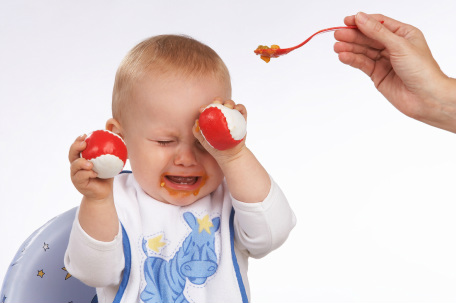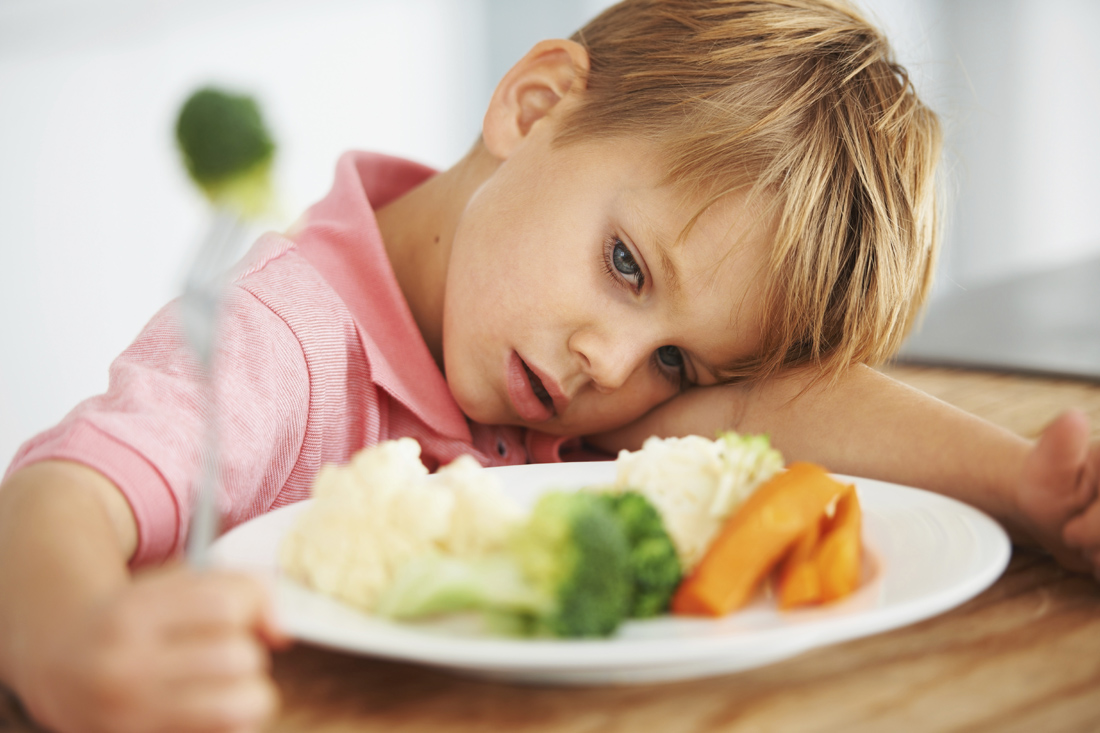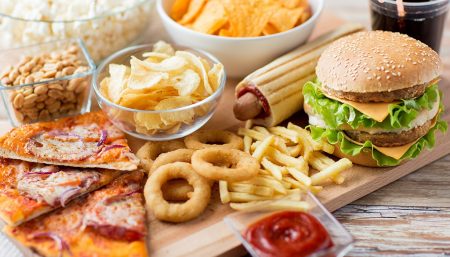It’s perfectly normal for preschoolers or even older kids to object to the shape, color, or texture of a food – or to suddenly decide that they hate foods they loved yesterday. It’s also common for them to have what experts call food jags. That is, they insist on eating the same few foods at every meal. Picky eating can also be a preschooler’s way of declaring his/her independence (“You can’t make me eat that”). It may have less to do with the actual food than a need to test the limits of your authority and assert some control over his/her life.

To begin with you need to understand that your toddler has an innate sense of how much food her body needs to grow and be healthy, and it’s up to her to decide what she’s going to eat. The best thing you can do is provide a wide variety of healthy food in a positive, relaxed environment so mealtimes are enjoyable for everyone. Here are some specific tips on how to handle a picky eater:
- Create A Positive Environment: Anger can turn mealtimes into a stressful occasion which can make the problem worse. Praise your child for good manners, performance at school and keep conversation light when they try new food. Seeing other family members eating and enjoying a range of different foods may help encourage your child to be more adventurous.
- Avoid Grazing Between Mealtimes: Filling up on less nutritious snacks before mealtimes can fill empty stomach and make it even harder to get your child to try healthy food. Likewise, giving your child a sandwich or some chips after they haven’t eaten their meal tells them that if they refuse healthy food they will get something else later.
- Stay Realistic: Expecting a clean plate at each meal is probably unrealistic. Encourage your child to try everything in front of them (if they don’t like it they don’t have to finish it). Praise them for taking a bite or even a lick of an unfamiliar food. One day they may surprise themselves by liking something new.
- Don’t give too many options. “If you say ‘It’s dinnertime. What do you want to eat?’ your child will probably choose something familiar. However, if you say “Here’s dinner,” she’ll have to choose from the food you’re offering. Of course, you won’t want to offer an entire meal of unfamiliar foods because your child simply won’t eat any of them. Instead, always include at least one thing you know your child likes.

- Offer a variety of food at each meal: When you do introduce something new, simply place it on the table with everything else, and don’t make a big deal about it. Putting it right on your child’s plate may seem threatening or cause her to rebel. Eventually, after she’s seen you eat the food a few times, she may feel more open to trying it.
- Watch the portion size: A child’s portion is about half the size of an adult’s portion. For many foods, that’s a portion about the size of your child’s palm. Examples of other child-size servings are 1/2 a cup of cereal or yogurt, 2 ounces of meat, 4 tablespoons of vegetables, and one slice of bread.
- Involve your preschooler in food preparation. This can include shopping and making meals and snacks. This works best if you let your child choose from a small selection of foods you’ve already chosen, rather than just asking her to pick her supper. Make fun, healthful treats together – like yogurt-and-fruit banana splits or ants on a log (raisins placed on top of peanut-butter-filled celery sticks).
- Look for ways to boost the nutritional value of the foods your preschooler enjoys. Put some tuna or ham on her grilled cheese, and meat or tofu in her spaghetti sauce, tofu in potato rolls, for example.

- Be a good role model: Eat the kinds of food that you want your child to eat. Family mealtimes are a great way to connect with your child and share enjoyable and nourishing food together. Your child is constantly watching you, your behavior and eating pattern.
- Don’t Focus On The Fussiness: Giving your child a lot of attention for their fussy eating habits could turn food refusal into a way to get attention rather than being about the food itself. Although you want to encourage your child to eat new food, turning it into a performance may have the opposite effect. A good way to approach the situation is to ask your child to try something, if they don’t, say “ok, we’ll try again another time,” and drop the subject.
Also, keep in mind that all of us have a sensitive palate. Many kids simply don’t like the texture, color, or taste of certain foods. That’s why they claim to dislike a food. Likewise, some children may reject a food because it reminds them of a time when they were sick, or because they have some other negative association. If your child complains that a particular food will make her sick, stop offering that food for a while. Look for other options.
Related Links
- Eating Across the Food Rainbow
- Top 10 to Get the Most from Your Meals
- Top 10 Snack Ideas for Toddlers
Disclaimer
The Content is not intended to be a substitute for professional medical advice, diagnosis, or treatment. Always seek the advice of your physician or other qualified health provider with any questions you may have regarding a medical condition.

